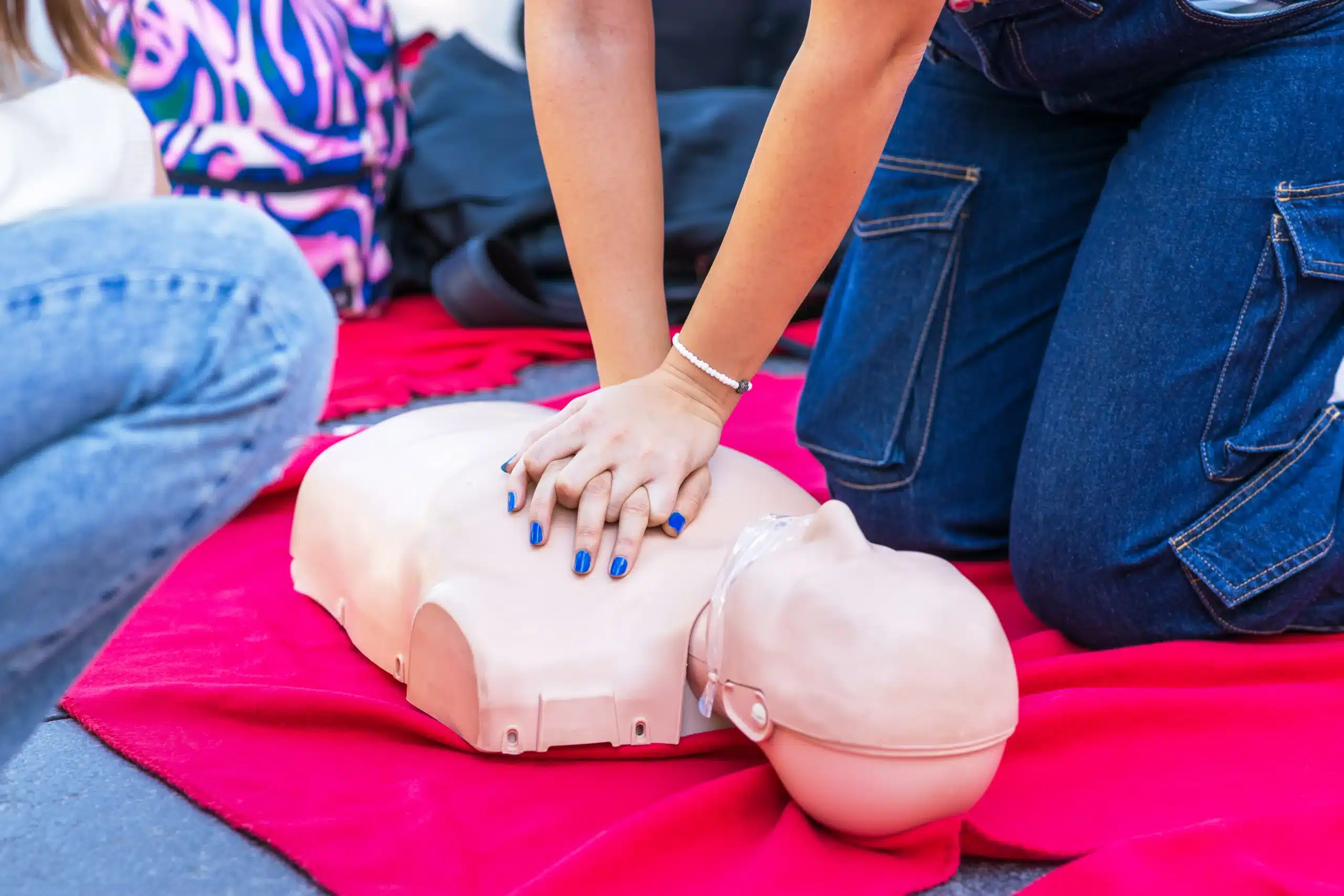In the hustle and bustle of today’s workplace environment, it’s easy to overlook something as seemingly insignificant as first-aid and CPR training. However, these skills are crucial in times of emergency and can often mean the difference between life and death. These skill sets are not just for healthcare professionals; they’re for everyone. This blog post aims to underscore the importance of workplace CPR & first-aid training, its impact, and how it can help create a safer working environment.
Why Workplace CPR & First-Aid Training is Important
Firstly, it’s essential to understand that emergencies can happen anywhere, including the workplace. Accidents, sudden illnesses, or health crises like heart attacks don’t discriminate based on location. When such incidents occur, the first few minutes are critical. Quick, effective response can drastically improve the victim’s chances of survival and recovery.
This is where CPR (Cardiopulmonary Resuscitation) and first-aid training come into play. Trained individuals can provide immediate care to victims before professional medical help arrives. They can administer CPR to someone experiencing cardiac arrest, stop severe bleeding, or help a choking person. Without immediate intervention, these situations can quickly become fatal.
Impact of CPR & First-Aid Training in the Workplace
Workplace CPR and first-aid training have profound impacts. Not only does it equip employees with lifesaving skills, but it also fosters a safer work environment.
-
Reduces Response Time: In an emergency, every second counts. Employees trained in CPR and first aid can react quickly, providing immediate care that could save a life.
-
Promotes Safety Culture: When an organization invests in safety training, it sends a clear message to employees that their safety is a priority. This helps foster a culture of safety and responsibility.
-
Enhances Employee Confidence: Knowing what to do in an emergency can boost employees’ confidence. This increased self-assuredness often translates into better performance and productivity.
Making CPR & First-Aid Training a Priority
Given the clear benefits, it’s important for organizations to make CPR and first-aid training a priority. Here are some steps to consider:
1. Regular Training Sessions: Arrange for regular training sessions with certified professionals. This ensures that employees’ knowledge and skills are up-to-date.
2. Provide Necessary Equipment: Having a well-stocked first-aid kit is essential. Also, consider investing in an AED (Automatic External Defibrillator), which can be a lifesaver during cardiac arrests.
3. Encourage Participation: Make sure all employees understand the importance of this training. Encourage them to actively participate and apply their learning.
4. Certification: Encourage employees to get certified. Not only does this enhance their skill set, but it also adds to their professional development.
In conclusion, workplace CPR and first-aid training are far from insignificant. They’re crucial skills that can save lives in emergencies. By investing in this training, organizations not only safeguard their employees but also contribute to creating a safer, more responsible society.
Let’s make our workplaces safer, one CPR and first-aid training at a time!








